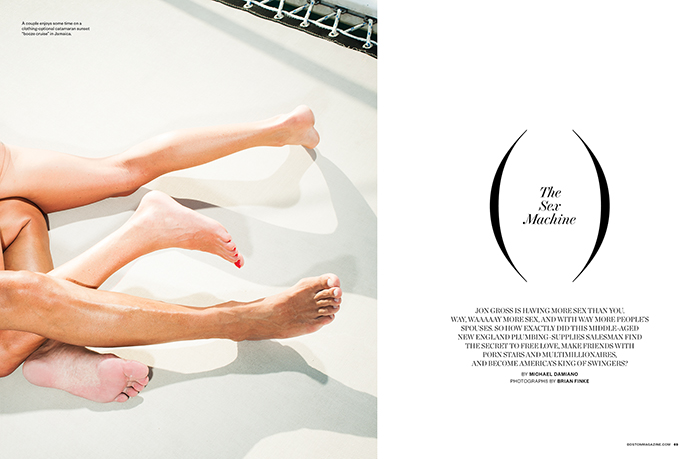

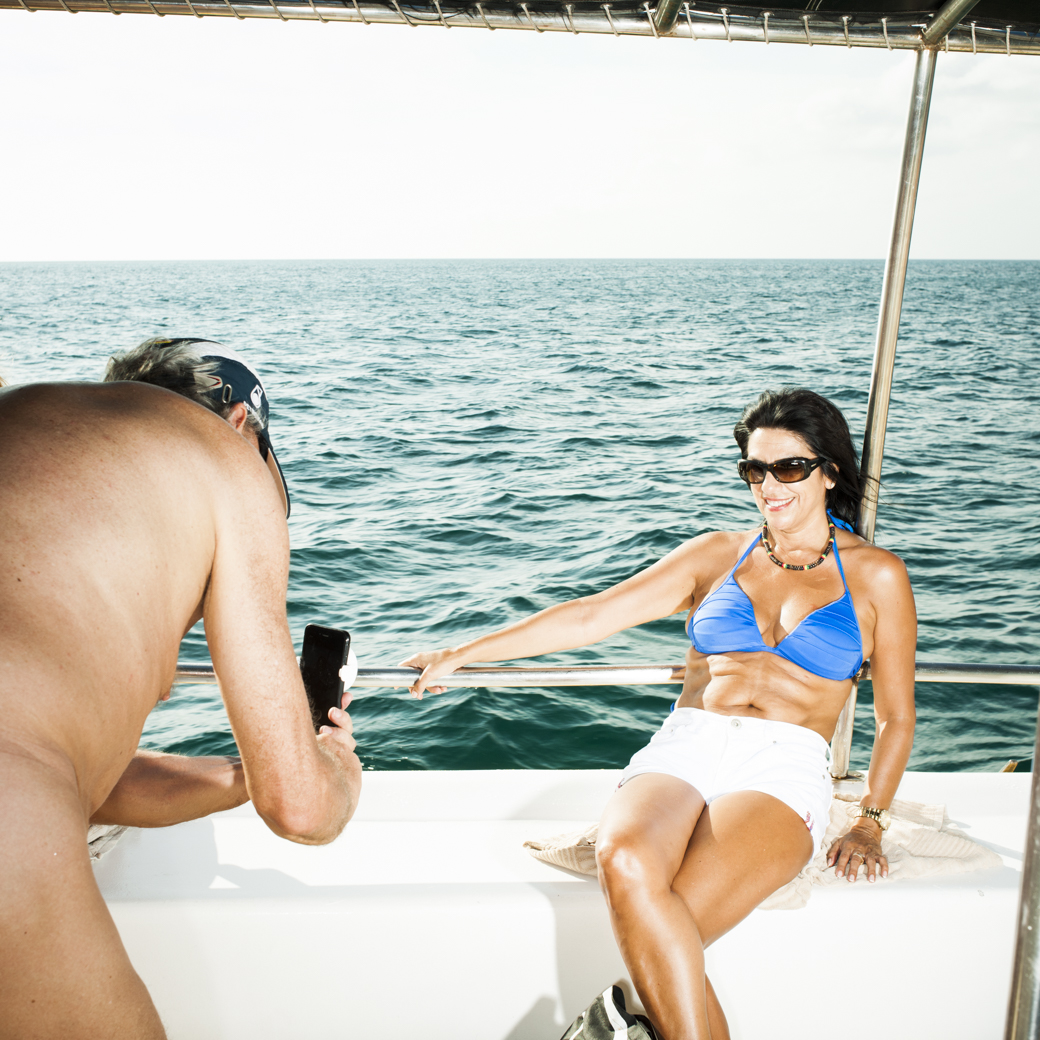
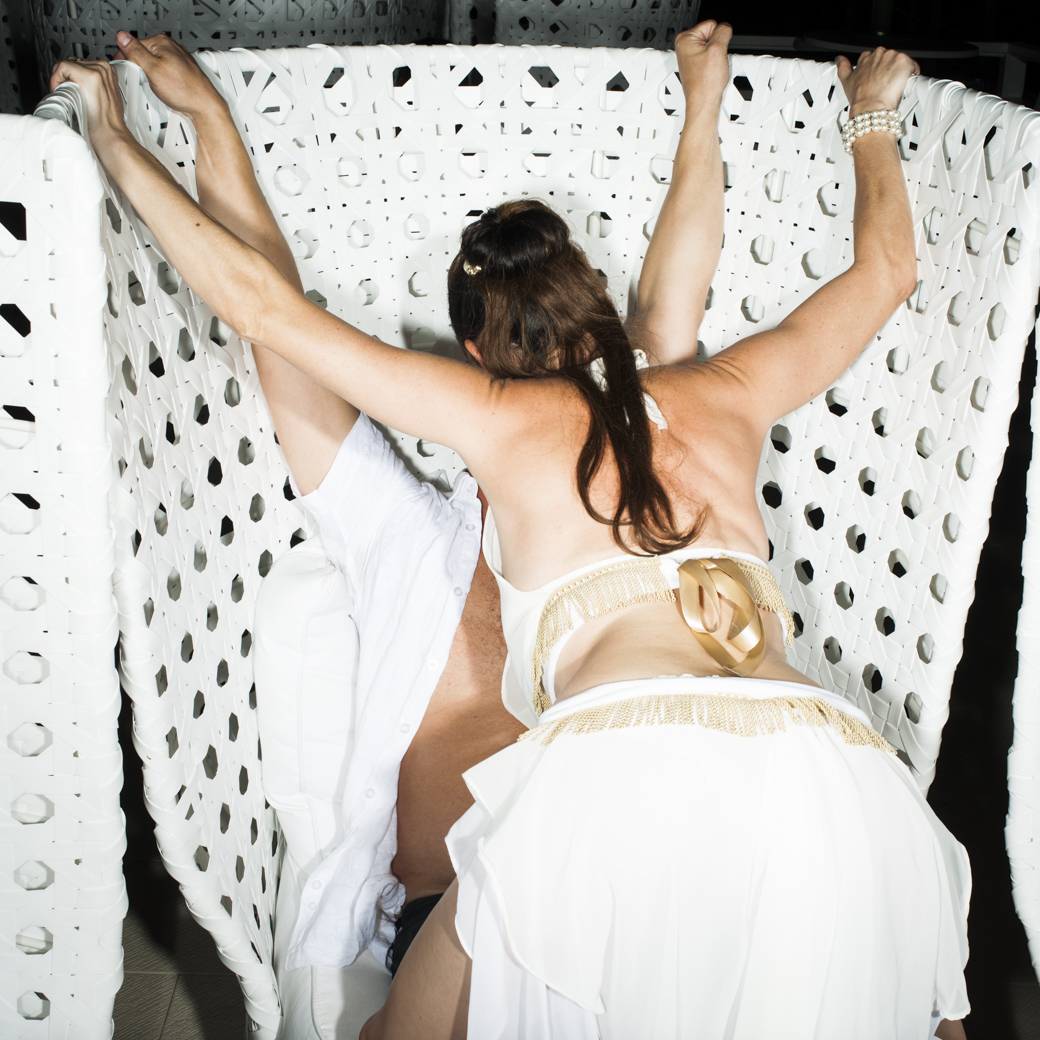

12.25.2015 — Comments are off for this post.
11.23.2015 — Comments are off for this post.
11.05.2015 — Comments are off for this post.
11.01.2015 — Comments are off for this post.
11.01.2015 — Comments are off for this post.
Made some photographs for The New Yorker about BBQ in North Carolina.
Read the full story here
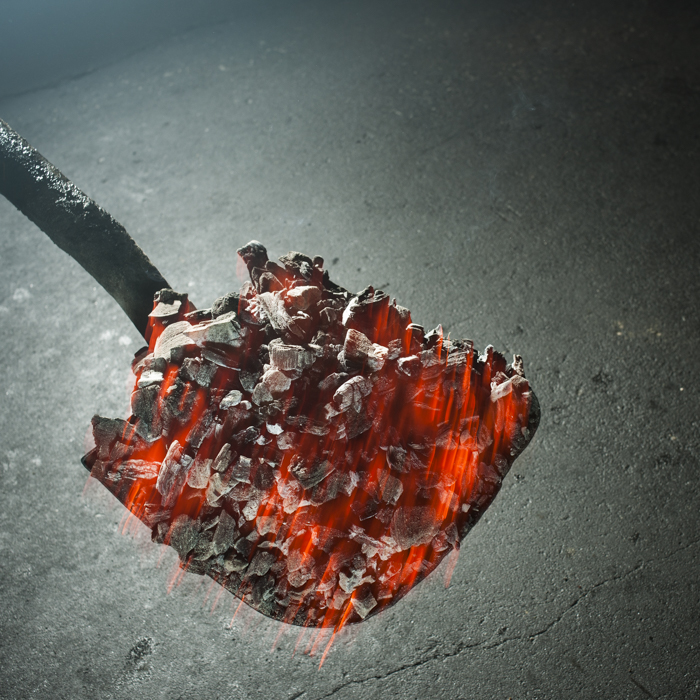
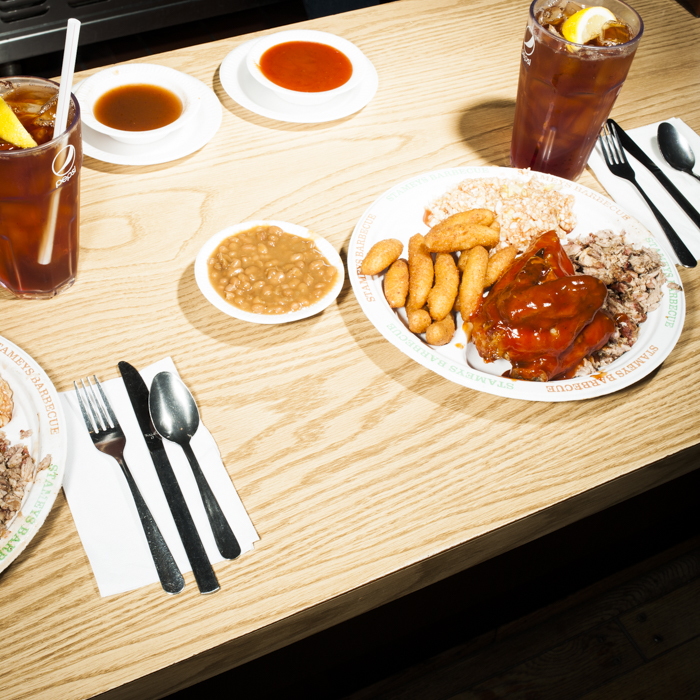
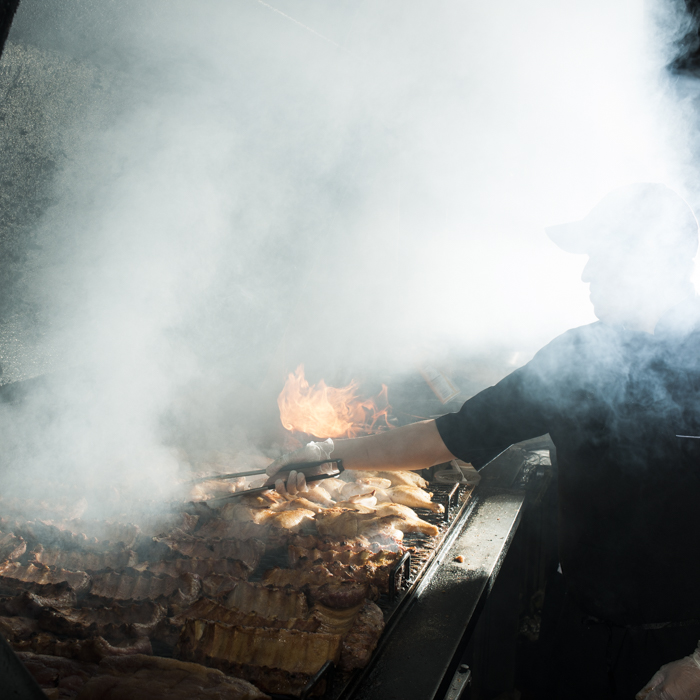
10.27.2015 — Comments are off for this post.
09.29.2015 — Comments are off for this post.


Even now, many of us still have the quintessential image of a flight attendant from the Golden Age of travel in our memories. Perfectly coiffed, effervescent and small in frame, she — always a “she” — is wearing a small cap and a smile.
The profession began in the 1930s by hiring nurses, who were thought to be ideal candidates because of their inherently caring and good-natured dispositions. Women with small physiques also were favored because it was believed they could glide down the narrow aisle of early airplanes with ease. It evolved into an attractive field where young women could have broader professional horizons, including more independence, travel, meeting potential life partners. Some saw it as a stepping-stone into modeling or acting.
Photographer Brian Finke explores this insular world and its evolution in his book “Flight Attendant.” He spent nearly two years traversing the friendly skies, following the life of flight attendants in the air and on the ground, from Delta and Hawaiian Air, to Hooters Air, Southwest, Air France, British Airways, Air Asia, and dozens more. His images of flight attendants waving, applying makeup and deboarding plans while smiling appear as if they were ripped from an advertisement in a glossy magazine.


“Finke’s approach in photographing Flight Attendants is neither nostalgic nor unduly real,” writes writer Alix Browne in the book’s introduction. “We catch these women in their choreographed moments, familiar to the point of being generic — demonstrating safety procedures, smiling and waving as if in an advertisement.”
Brown also says that while many flight attendants today do exist as a sort of high-flying tribe all their own, with distinct uniforms and mannerisms that are similar no matter what airline you’re flying, they are also just like the rest of us.
“Here, attractive young women, distinctively garbed as a little bit soldier, a little bit fashion model, and a little bit schoolgirl, do the ordinary things we all have done: leaving an apartment, buying a toothbrush, playing billiards, or picking up a kid from daycare. The absurdity of both their circumstances and ours is exaggerated here. In these pictures we recognize that our world includes both these strange inhuman beings and ourselves.”








09.28.2015 — Comments are off for this post.
Football, Cheerleading and Hometown Glory

In Texas, where football is an unofficial religion, a photography project documenting the sideline drama and athleticism of football and cheerleading would not be unwelcome.
But the photographer Brian Finke was a reluctant convert to this pastime, even though he was raised in suburban Houston.
“It was something very familiar growing up in Texas,” he said. “My two sisters were cheerleaders, so it was too close and overly familiar. I almost didn’t find the interest in it.”
Yet after high school — when he lived in New York as a student at the School of Visual Arts — Mr. Finke saw the film “Bring It On,” a sassy teen comedy about competitive cheerleading.
The movie would be the motivation in part for a project on these two historically related, but increasingly independent, competitive sports.
Although the high-camp of the film was an element of cheerleading culture he had witnessed firsthand, he immediately began to devote personal time to capturing the athleticism, nuance of experience and culture of the sport.
“2-4-6-8: American Cheerleaders and Football Players,” Mr. Finke’s first published monograph, was the result.

The images, made between 2001 and 2003, used strobes to produce what Mr. Finke calls “stylized documentary.” They burst with color and capture a seemingly limitless amount of teenage energy.
Originally focused only on cheerleaders, he later broadened the work to include football players. He wanted to highlight a type of social symbiosis, and the shared themes of strength and agility, discipline and camaraderie, and the ubiquitous desire to achieve hometown glory.
The personal project coincided with Mr. Finke’s professional career. When sent on assignment for magazines in different cities, he photographed teams and squads from outside the Lone Star State, capturing the culture of high school sport in suburban America.
“What I love about high school sports is the enthusiasm,” Mr. Finke said. Of one football player (slide 6), he added: “This guy played offense and defense, played the entire game, and gave it his all, and I love that commitment to it.”
Mr. Finke also learned what many cheerleaders have known for decades: The physical toll of stunts, the term used to describe the body pyramids and tosses of a routine, was taxing. This aspect of cheerleading solidifies as something all its own. “It’s pretty brutal on people’s bodies,” Mr. Finke recalled, “and you can’t really do it for a long time.”
Along with sentimental moments, the photographs also play on a sense of the absurd. Intense faces, heavy makeup and heavily teased hair play on the particularly gendered stereotypes often held about young girls and women who cheer. There is also humor and a touch of irony in his capture of runt-sized receivers and the hypermasculinity of male cheer squad members.
Mr. Finke sought out empowering moments from the sidelines and the competition floor.
“I think they represent both in a lot of different light and that’s what makes it interesting,” he said. “I wanted to take the viewer in different directions and on different paths.”

Mr. Finke continues to document peripheral sports like body building, and much of his personal work seeks to comment on American suburban and working-class culture.
When asked what this body of work means to him personally, he seemed uncertain. “I just want to make it about the people,” he said. In the end he hoped to touch on different emotions, cast a wide net and represent his projects in an authentic way.
By Philip Richardson
09.15.2015 — Comments are off for this post.

In 2003, he was assigned him to cover the Mr Olympia competition in Las Vegas. Invented in 1965, Mr Olympia existed basically so that the winners of the Mr Universe competition had somewhere to go beyond Mr Universe. (It’s what the Arnold Schwarzenegger film Pumping Iron is all about – Schwarzenegger’s last competition before retirement, his road to Mr Olympia.)






 If you ask Finke what the weirdest thing about bodybuilding is, he’ll tell you the tanning process is intense.
If you ask Finke what the weirdest thing about bodybuilding is, he’ll tell you the tanning process is intense.










09.11.2015 — Comments are off for this post.
Most Muscular
Shot over the course of 1.5 years, Brian Finke’s Most Muscular series documents the people and personalities within the world of competitive bodybuilding. Andrew Boryga of the New York Times recently stated that ”his photos reveal an emotional range one might not usually associate with bodybuilders. There is vulnerability in the eyes of those staring in the mirror before stepping onstage. There is a deft balance of humor and concentration in photographs of competitors “pumping themselves up” by cranking out dumbbell presses in the bathroom or handstand push-ups minutes before stage time. Those moments help humanize the bodybuilders in his photos.”
2-4-6-8: American Cheerleaders & Football Players
For several years artist, Brian Finke, traveled across the United States photographing high school and college level cheerleaders and football players. Spending a period of a few days to an entire week with a particular squad or team, the subjects become quite comfortable with the presence of the camera, allowing Finke to capture a variety of wonderfully candid moments, with a style that would go on to define Finke’s distinct aesthetic. In 2003, 2-4-6-8 became the photographer’s first monograph, and solo exhibition. It has since become one of his most acclaimed series to date. The work functions on a number of levels. In one sense, the images are highly ambivalent, revealing diversity in uniformity, while also underscoring aspects of extreme conformity, as manifested by the construction of individual identities in the image of the team. Addressing social behaviors, self-definition, and sexuality, the artist documents the rocky trail of adolescence. Finke has commented, “In my photos, these teens struggle between being part of a group and defining themselves.”
EXHIBITION
Most Muscular by Brian Finke
As part of tyhe group exhibition Sport Show
From August 22nd to September 19th, 2015
SVA Chelsea Gallery
601 West 26th Street
15th floor
New York
Tel: 212.592.2145